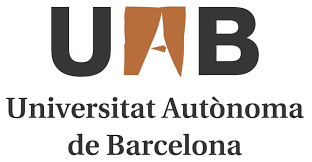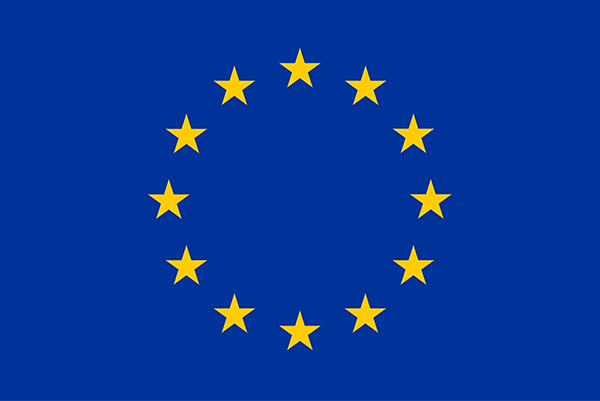
By Nick Meynen.
Over 60 experts working in the field of fighting environmental crimes gathered in Brussels on 3 November for a dialogue with policymakers, police and prosecutors from Europe and beyond. The conference “Smart Enforcement: How to Target Environmental Law Enforcement Efforts in Times of Crisis”, was organized by the EFFACE project (European Union Action to Fight Environmental Crime). EFFACE studies the costs and impacts of environmental crime and analyses the relevant international and European institutions and instruments. Their ultimate aim is to put forward policy options and recommendations to the European Commission for more effectively combating environmental crime within the EU and internationally. Here’s a very brief overview of just some of the most remarkable or interesting points made at the Smart Enforcement Conference:
Sandra Rousseau, Head of Research at the Research Centre for Economics and Corporate Sustainability (Katholieke Universiteit Leuven) opened with an amazing research finding. After studying 40 facilities in the Flemish textile improvement sector and their environmental offenses (mostly related to water pollution), she found that a company where a crime is detected can expect a fine as low as 181 euro, after correction for dismissal and settlement rates. The cost for compliance with the law in the cases she studied ranged from 10,000 euro to 1 million euro. Now which signal would that send to companies that commit environmental crimes? She added that ‘companies who were sanctioned were very likely to become ‘repeat offenders’ as they learn how low the fine is. This also highlights the importance of other sanctions such as firm closures.’
Regina Schneider, Head of Enforcement at the European Environmental Bureau remarked that the Lisbon Treaty allows the European Commission to define a minimum level of sanctions and asked Miroslav Angelov, Legal and Policy officer, from DG Environment if the European Commission is currently considering this. He replied that ‘after entering into force of the Lisbon Treaty, Article 83/2 of the TFEU includes an explicit legal basis for establishment of minimum rules regarding definition of criminal offences and sanctions under certain conditions and in areas which were subject to harmonisation measures.’ Miroslav added that the Commission is currently carefully assessing the transposition of the Environmental Crime Directive, including the national provisions on criminal sanctions, and indicated, however, that currently there are no concrete plans concerning whether, how and when to amend the mentioned directive.
Florentin Blanc, Consultant and Specialist on Business Inspection Reforms made the point that deterrence is not necessarily the most powerful driver of compliance, and that achieving deterrence is in any case complex. Monetary sanctions may be too weak, stronger sanctions (e.g. closure, even temporary) may be stronger, but regulators will often have difficulties using them because of the economic and social impacts. Looking at all drivers of compliance, and not only deterrence, is essential.
Andrew Farmer, Director of Research at the Institute for European Environmental Policy said we need a mixture of carrots and sticks. We need to support good practices and ‘get the bad moving’. He said that there are very good examples of self-reporting by businesses and added that ‘EU environmental law should be developed in a smart way. For example, it should be careful in stating minimum numbers of inspection as in many member states, the minimum will become the maximum and the result could be counter-productive.’
Werner Gowitzke, Seconded National Expert (SNE) from the Environmental Crime unit at Europol gave some examples of bottlenecks in the enforcement: ‘I know the example of traffic controls in at least one country, where nobody wants to have the case. Costs have to be paid by police, so anyone who tries to do something is not rewarded for it, to the contrary. Another example is that contrary to inspections in other fields, in at least one country the environmental inspections are announced several days in advance. Criminal investigators also often don’t have access to the inspection data. Finally: examinations of suspicious substances are expensive: in some member states a single examination can take up a full yearly budget.’
Anne Brosnan, Chief Prosecutor of the UK Environment Agency, gave an upbeat presentation on recent trends in the prosecution of environmental crimes: ‘In 2011 we sent 20 people to jail. In 2013 we had 400 cases, and imposed fines with an average of around 10,000 euro. The change which has led to an increase in sentencing is not legislation, but the 2014 Guideline on the Sentencing of Environmental Offences, issued by the Sentencing Council of England and Wales. We hope that the expectation of having a more significant fine imposed will have a considerable deterrent effect. Offenders that would previously have faced a 30,000 euro fine for water pollution would now face a fine of around 300,000 euro.’
Henk Ruessink, Netherlands National Coordinator of the European Union Network for the Implementation and Enforcement of Environmental Law (IMPEL) pointed at the ‘splendid isolation in ivory towers that still too often describes the divided world of administrative enforcement and criminal enforcement of environmental law.’
An Italian researcher present in the public made a good comment: ‘A lot of the lack of enforcement goes back to seeing environmental crimes as victimless. We in Italy organized over 30 toxic tours and published over 100 articles on the waste crisis, in which we make the link with the victims.’ That’s exactly why the EFFACE and EJOLT (Environmental Justice organizations, Liabilites and Trade) projects are complimentary to each other. In the EJOLT project we give the victims of environmental crimes a face and we map their struggles against environmental crimes. The Atlas of Environmental Justice contains a huge amount of details about over 1200 spaces of resistance: ecological conflicts where people decided to stand up for their rights. Filters allow the user to find specific environmental conflicts using around 100 different parameters – offering an almost unlimited number of combinations.
Both EFFACE and EJOLT are trying to make environmental justice happen, by working on two sides of the same coin. We need the experts, prosecutors and environmental crime police to strengthen, use and enforce the available legal tools – just as much as we need the victims to stand up and feel confident enough to overcome the many barriers on the long road to justice.
More info
The legal avenues for civil society organization that want to pursue justice where environmental crimes are committed are in this EJOLT report.
EFFACE published its first two Policy Briefs on environmental crime, with examples and insights on the need for a coordinated EU approach to reduce the broad impacts of crimes against the environment.





Pingback: Report from Conference on Smart Enforcement | INECE